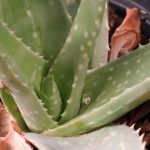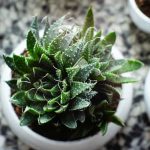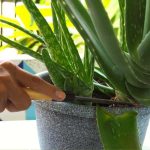Aloe vera, a widely-used plant known for its numerous health benefits, thrives when cultivated in suitable soil conditions. With proper care, it can be successfully grown in containers as an indoor plant. Uncover the essential soil requirements for potted aloe vera, a crucial aspect of its cultivation.
Struggling to Cultivate Aloe Vera?
If you’ve faced challenges with nurturing aloe vera and aspire to use its leaves for skincare remedies, you’re not alone. These plants offer solutions for various skin and health issues and can be cultivated indoors under favorable conditions. However, achieving optimal growth can sometimes be elusive, with soil quality playing a pivotal role.
For many enthusiasts, the key to unlocking aloe vera’s full potential lies in understanding its preferred soil type.
Decoding the ‘Aloe’ in Aloe Vera
Aloe vera, originating from arid regions in Africa, Asia, Europe, and the Americas, naturally thrives in sandy, drought-resistant soils. Hence, the succinct answer to the soil query is sandy substrate.
A Deeper Dive
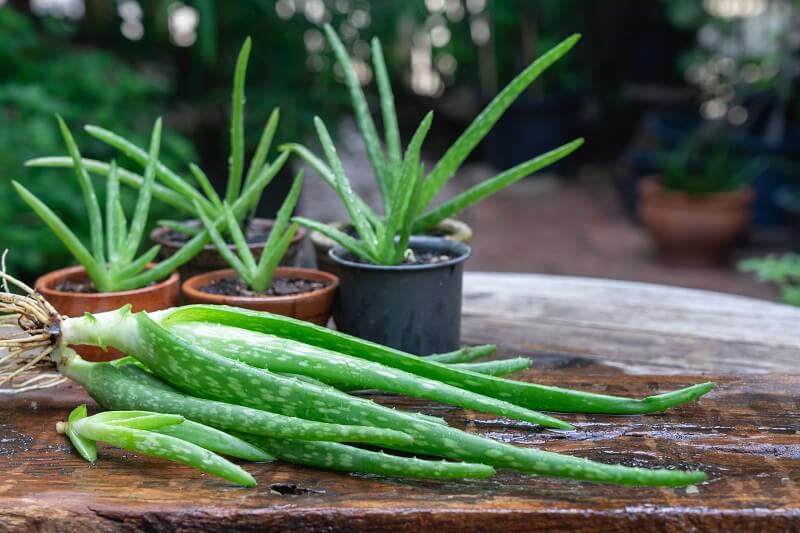
Gardening enthusiasts and aloe aficionados often advocate for distinct soil blends tailored to their preferences. While opinions may vary, consensus aligns on the necessity of well-draining soil, recommending specialized substrates designed for cacti and succulents if unsure.
A cardinal rule to remember: avoid employing garden soil directly. Understanding the components of a potting mix streamlines the process of crafting a custom blend.
Crafting Your Soil Mix
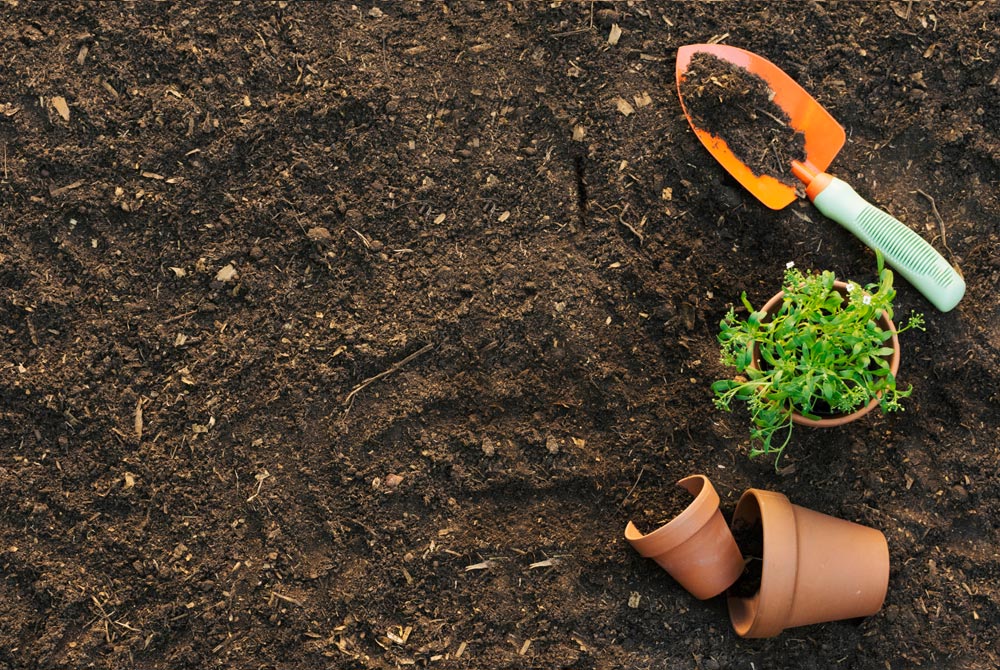
Experiment with varying material proportions to identify the optimal mix for your specific climate and requirements. Climate fluctuations and regional nuances may necessitate alterations to achieve the perfect soil composition.
Soil quality significantly depends on temperature, humidity, and various materials mixed together to create an ideal environment for your plants. An effective recipe to start with involves combining 1 part porous material like perlite, pumice, or Akadama with 2 parts drainage materials such as coarse sand or grit, and 2 parts organic materials like potting soil with compost. Before using this mixture in containers, ensure thorough mixing.
Porous Materials
To cater to the needs of plants like aloe vera or succulents that require quick-draining soil, porous materials play a crucial role. One such material is Perlite, a volcanic rock expanded through high heat to become lightweight and suitable for horticultural use. This component retains water while ensuring proper drainage and aids in healthy root growth.
Perlite

An often mistaken substance for polystyrene balls, Perlite is characterized by its lightweight and porous structure, facilitating drainage in the soil mix. Mined and processed through a high-temperature “volcanic popcorn” making process, Perlite expands significantly, offering stability, neutral pH, water retention, and enhanced aeration for plant roots to thrive.
Pumice
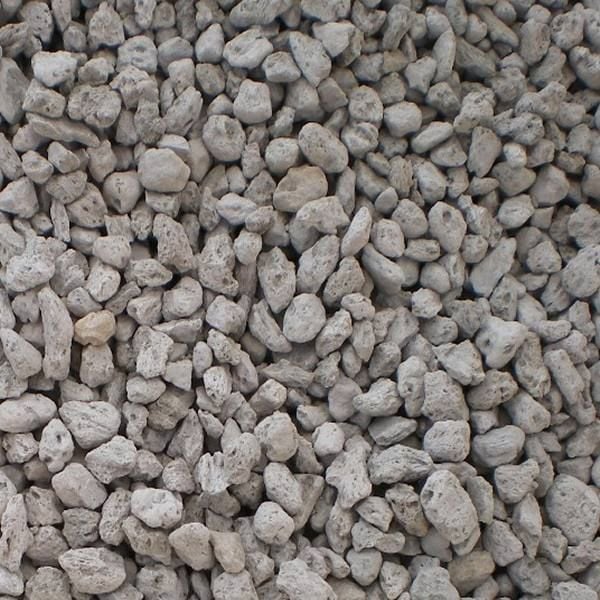
Similar to Perlite, Pumice is a mineral obtained by crushing lava rocks, rich in essential trace elements. Its lightweight nature and porous surface make it an excellent addition to soil mixes, aiding in air, water, and nutrient retention while supporting drainage effectively. Pumice contains numerous beneficial trace elements crucial for plant health.
Akadama
Akadama, another valuable soil component, offers unique properties to enhance plant growth. Derived from crushed lava rocks, it contains essential trace elements beneficial for plant development and overall health. Its lightweight and porous nature make it a favorable choice for creating balanced soil mixes.
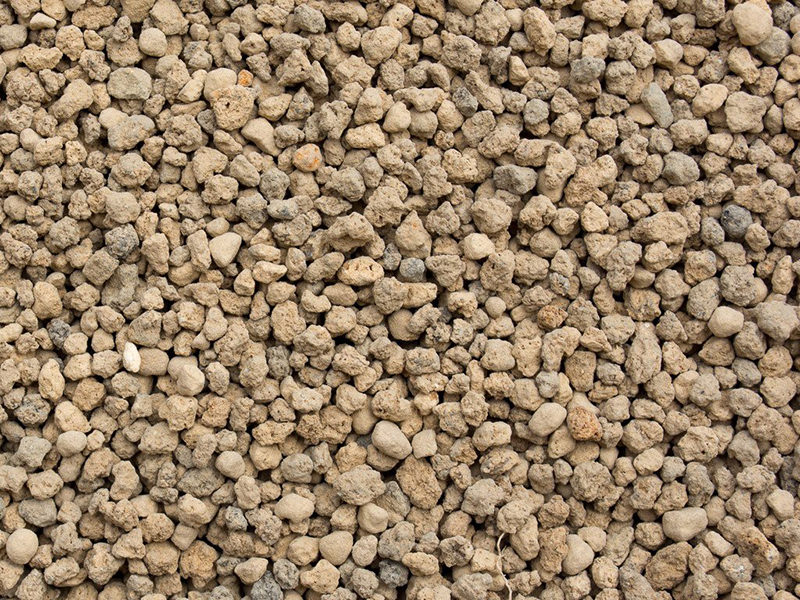
Mined in Japan, Akadama has been a staple in bonsai cultivation for its water retention, nutrient-rich properties, and excellent drainage capabilities due to its porous nature.
Akadama stands out for its unique color-changing quality. Its dark hue indicates high moisture content, gradually lightening as the plant’s thirst for water increases, acting as a natural hydration indicator. This volcanic rock substrate has gained popularity in succulent and cacti cultivation in recent years.
Drainage Material
Sand is an essential component in emulating the arid soil conditions that aloe vera thrives in.
Sand, Gravel, and Grit
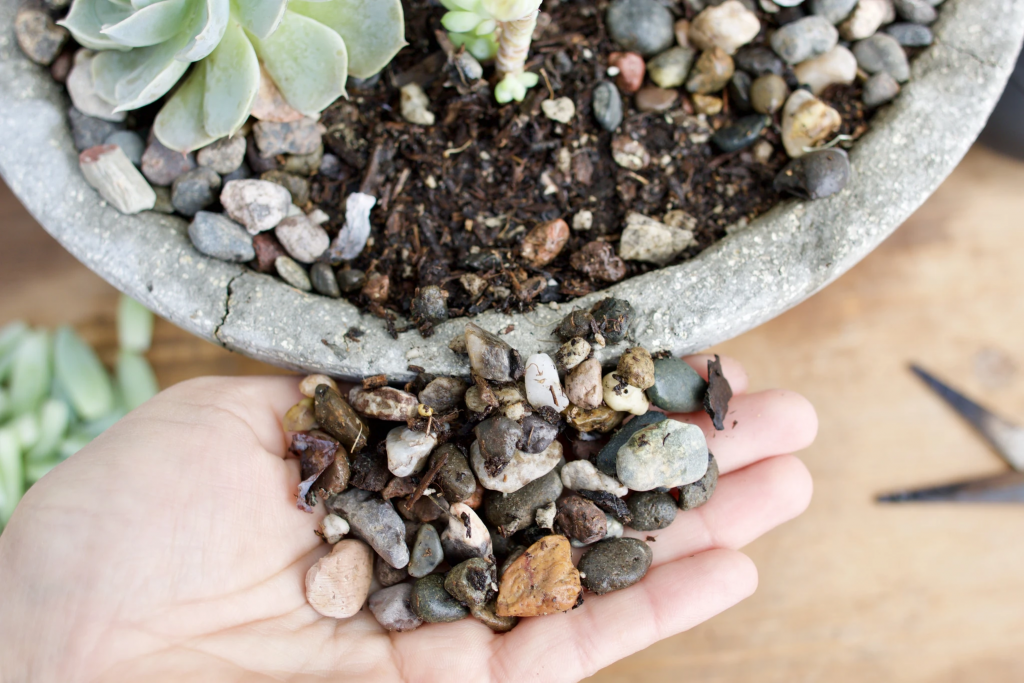
An ideal aloe mix predominantly consists of various sand sizes, aiding in root aeration by trapping pockets of air. Coarse gravel at the pot’s base prevents soil escape, while finer sand throughout enhances drainage alongside its porous properties.
Organic Materials
Potting Soil and Compost
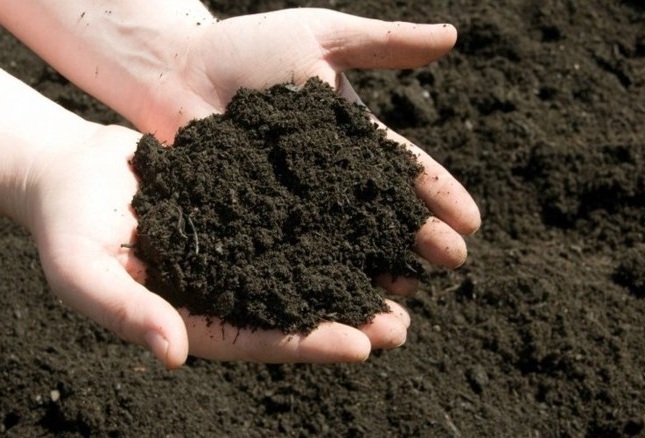
Essential nutrients for aloe vera’s growth can be supplied through potting soil, comprising organic matter, compost, minerals, and other solid materials. This mixture provides the necessary balance of nutrients, water, and oxygen for aloe’s health.
For succulents like aloe vera, a fine potting soil or germination mix is suitable due to the smaller bark chip size. A bark size ranging from 0.2 to 0.3 inches is optimal.
Boost the nutrient content by incorporating a few handfuls of quality compost into your soil mix.
A well-structured potting soil retains moisture, aerates the roots, and anchors the plant securely.
Final Thoughts
A well-prepared soil mix is vital for maintaining a healthy aloe plant. Properly balanced ingredients are crucial for root health, plant vigor, and overall longevity. Taking the time to craft a quality soil mix significantly impacts the plant’s well-being.

